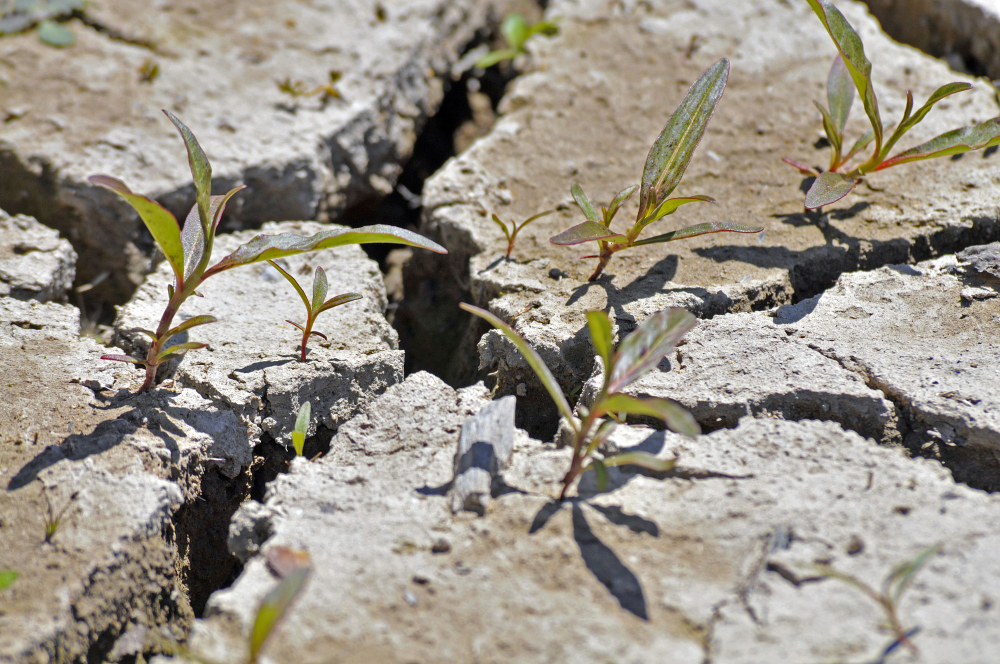Hardscaping is the backbone of any well-designed landscape, providing the structural elements that frame and enhance the beauty of your outdoor space. From patios and walkways to retaining walls and outdoor kitchens, hardscaping helps to define the functionality and style of your yard. However, when not properly planned and executed, hardscaping can lead to a variety of issues that can be costly to repair. Cracks in the pavement, shifting retaining walls, and drainage problems are just a few common hardscaping issues that can arise if not carefully managed.
If you’re planning a hardscaping project for your home, it’s essential to avoid these potential pitfalls. Here are some tips to help you prevent hardscaping issues and ensure your outdoor space remains beautiful and functional for years to come.
1. Proper Planning and Design
The foundation of a successful hardscaping project lies in careful planning and thoughtful design. Before you start buying materials or laying stones, take time to design the layout and think about the long-term needs of your landscape. Consider factors like the terrain, climate, and how the space will be used.
- Know Your Soil: The type of soil in your yard can greatly influence the stability of your hardscape. For example, clay soil retains a lot of moisture and can cause movement in structures like retaining walls or paved walkways. On the other hand, sandy soil drains quickly and may not provide the solid foundation needed for heavy stone or brick features.
- Consider Drainage: Proper drainage is a critical aspect of any hardscaping project. Without it, water can pool and cause damage over time. Plan your hardscape design to include adequate slope and drainage systems that direct water away from structures like retaining walls and patios.
- Plan for Movement: Remember that weather conditions, like freezing temperatures in the winter, can cause certain materials to expand and contract. Make sure to leave enough space between stones or pavers to allow for this movement, preventing cracking or shifting.
2. Choose the Right Materials
The materials you choose for your hardscaping project will directly impact its durability and maintenance. It’s essential to select high-quality materials that are well-suited to the climate and terrain in your area. Cheaper, lower-quality materials may seem like a cost-effective option initially, but they could lead to more frequent repairs or replacements.
- Pavers and Stones: Ensure that pavers or stones are designed for outdoor use and are rated for your climate. For example, natural stone like granite or bluestone is durable and resistant to weathering, while softer stones like limestone may wear down more quickly under the pressure of foot traffic or moisture.
- Retaining Walls: When building retaining walls, it’s important to choose materials that are not only aesthetically pleasing but also capable of withstanding the pressure from soil and water. Concrete blocks, natural stone, or segmental blocks are often the best options for stability and strength.
- Mortar and Joint Sand: For paved surfaces or stone installations, be sure to use the right mortar or joint sand that will allow for proper drainage and prevent settling or shifting.
3. Proper Installation
Even the best materials won’t perform properly if they’re not installed correctly. Improper installation is one of the most common causes of hardscaping issues. Whether you’re installing a patio, retaining wall, or driveway, hiring a professional with experience in hardscaping can help ensure that the installation is done right the first time.
Key installation tips include:
- Leveling and Compaction: Before laying any stone or pavers, the ground should be leveled and compacted. This provides a solid foundation that prevents settling or shifting over time. Use a compactor to ensure the subgrade is stable and solid before placing any materials.
- Correct Base Layer: Many hardscaping features require a solid base layer for stability. This typically consists of crushed stone or gravel, which helps with drainage and provides a stable surface for pavers or stones. Make sure the base layer is thick enough to support the weight of the materials on top.
- Use the Right Tools: Installing hardscaping materials requires specific tools, like a paver leveling device or a retaining wall system with proper interlocking features. Using the right equipment helps ensure that everything stays in place and avoids common issues like uneven surfaces or gaps.
4. Focus on Drainage
One of the most critical aspects of hardscaping that’s often overlooked is drainage. Improper drainage can lead to erosion, water pooling, and even structural damage. Ensuring that water flows away from hardscaped elements like patios, walkways, and retaining walls will help prevent water damage and extend the life of your hardscaping.
- Slope Your Hardscape: Ensure that your hardscaping features, such as patios and pathways, slope slightly away from your home or any structures. A slope of about 2% (1/4 inch per foot) is recommended to direct water away from the foundation and prevent pooling.
- Install Drainage Systems: Incorporate drainage solutions like French drains, gravel beds, or dry wells into your design. These systems can help divert water away from your hardscape and prevent erosion or damage to the surrounding landscape.
- Leave Gaps for Expansion: Hardscaping features like pavers and stones should have gaps between them to allow for water to flow through and prevent pooling.
5. Regular Maintenance
Hardscaping may be designed to be low-maintenance, but that doesn’t mean you can completely forget about it. Regular maintenance is essential to keep your outdoor space looking its best and to avoid long-term damage.
- Clean Your Surfaces: Over time, dirt, debris, and algae can build up on hardscaped surfaces, leading to discoloration and slippery conditions. Use a pressure washer or appropriate cleaner for your material to keep surfaces looking fresh and clean.
- Inspect for Damage: Regularly inspect your hardscaping for any signs of wear or damage. Look for cracks in pavers, shifting retaining walls, or erosion around drainage areas. The sooner you spot a problem, the easier it will be to fix it.
- Seal Surfaces: Depending on the materials you’ve used, applying a sealer to your hardscape can help protect against weathering, stains, and wear. Be sure to reseal surfaces as recommended by the manufacturer to maintain their integrity.
6. Consider Professional Help
While many homeowners can tackle basic hardscaping projects on their own, more complex installations—such as retaining walls, large patios, or intricate drainage systems—may require professional expertise. Hiring a reputable hardscaping contractor ensures that the job is done correctly, saving you time, effort, and money in the long run.
Look for contractors with experience and a solid reputation. Read reviews, ask for references, and check their portfolio of previous work. A skilled professional will be able to assess your property’s needs, provide recommendations, and deliver high-quality results.
Conclusion
Hardscaping is a significant investment in your outdoor space, and it’s worth taking the time to do it right. By planning your project carefully, choosing the right materials, installing everything properly, focusing on drainage, and maintaining your hardscaped features, you can avoid common issues and ensure your landscape remains beautiful and functional for years to come.
With the right approach, your hardscape will not only add value to your home but also enhance the enjoyment of your outdoor living space for many years.

